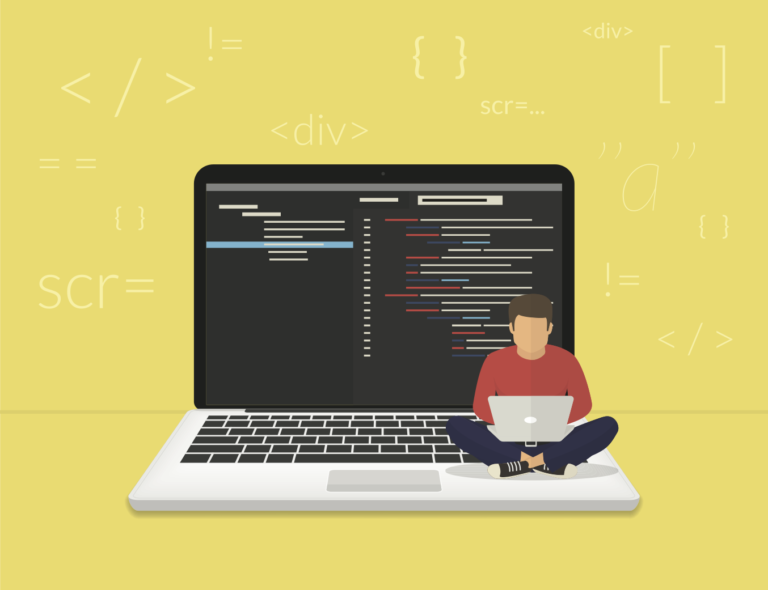-
EKHAM the Comics
What are “simulations” in advanced research? Is High Performance Computing the Holy Grail of scientific simulations? Let’s find out together through this unique Comic book
-
-
Keep up to date with the latest news from E-CAM
-
E-CAM Survey of Application Software
European Centre of Excellence
Supporting HPC simulations in industry and academia through software development, training and discussion in simulation and modeling
Quick Access Links
-
E-CAM Issue of Comics&Science
A Comic book about simulation, modelling and HPC.
-
Case Studies
Case studies and success stories related to pilot projects focused on industrially oriented problems
-
Software Repository
Access the software modules that have been documented by E-CAM
-
Attend an event
Our full calendar of events, that are part of the CECAM programme
-
Online Training Portal
Access the content captured at our ESDWs
-
Scientific Publications
Dissemination of E-CAM results in international peer-reviewed journals
E-CAM's stories
Interviews, opinion pieces, success stories, case studies.
Issue 16 – April 2021
E-CAM Newsletter of April …Challenges to Industry of drug substance development
Computation based methods …Development of an HTC-based, scalable committor analysis tool in OpenPathSampling opens avenues to investigate enzymatic mechanisms linked to Covid-19
The E-CAM HPC Centre …Proof of concept : recognition as a disruptive technology
Abstract The transformation …
View All Stories

Modules of the month
What is a module?

March
EESSI-based GitHub Action for Continuous Integration
Description This module sets up the European Environment for Scientific Software Installations (EESSI) for use in GitHub Workflows. The …March Module of the Month: DL_MESO (DPD) on Kokkos for enhanced performance portability
This work relates to the implementation of a performance portable version of DL_MESO (DPD) using the Kokkos library. It focuses …
View All Modules of the Month
Upcoming E-CAM events
Recent Posts

E-CAM Final Report
E-CAM started in October 2015 and received funding from …
Issue 16 – April 2021
E-CAM Newsletter of April 2021 Get the latest news …
Challenges to Industry of drug substance development
Computation based methods play a growing role in all …
Development of an HTC-based, scalable committor analysis tool in OpenPathSampling opens avenues to investigate enzymatic mechanisms linked to Covid-19
The E-CAM HPC Centre of Excellence and a PRACE team …
